In oilseed crops like canola, yellow-seeded varieties generally produce more oil than brown-seeded varieties. Camelina, a bioenergy crop closely related to canola, usually has brown seeds. Scientists have now disrupted genes called TT8 that are responsible for making seeds brown, producing an engineered camelina with light yellow seeds that accumulates more than 20% more oil than ordinary varieties.
Tag: bioenergy crops
EcoFABs Could Lead to Better Bioenergy Crops
A greater understanding of how plants and microbes work together to store vast amounts of atmospheric carbon in the soil will help in the design of better bioenergy crops for the fight against climate change. Deciphering the mechanics of this mutually beneficial relationship is, however, challenging as conditions in nature are extremely difficult for scientists to replicate in the laboratory. To address this challenge, researchers created fabricated ecosystems or EcoFABs.
A roadmap for gene regulation in plants
For the first time, researchers have developed a genome-scale way to map the regulatory role of transcription factors, proteins that play a key role in gene expression and determining a plant’s physiological traits. Their work reveals unprecedented insights into gene regulatory networks and identifies a new library of DNA parts that can be used to optimize plants for bioenergy and agriculture.
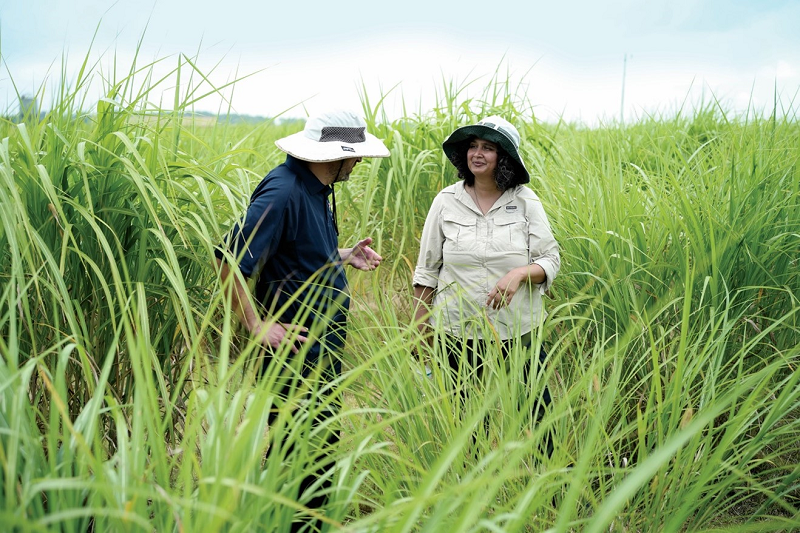
Researchers Demonstrate First Precision Gene Editing in Miscanthus
Miscanthus thrives on marginal lands with limited fertilization and tolerates drought and cool temperatures, making it an ideal bioenergy candidate. Previous efforts to genetically improve miscanthus focused on introducing external genes at random places in the plant’s genomes. This research developed gene-editing procedures using CRISPR/Cas9 that will allow scientists to selectively target existing genes to knock out their function and introduce new genes into precise locations.
Engineered Poplar Lignin Has More of a Valuable “Clip-off” Chemical
Lignin, the complex polymer that gives plants their structural integrity, makes them difficult to break down and creates challenges for the creation of biochemicals and bioproducts. Building blocks that are present in small amounts in the lignin of the bioenergy crop poplar are valuable platform chemicals that are easy to “clip-off” during plant deconstruction. Scientists engineered a new type of poplar to have more of a specific building block in its lignin and less lignin overall. This results in wood that is easier to deconstruct and more valuable as a bioproduct raw material.
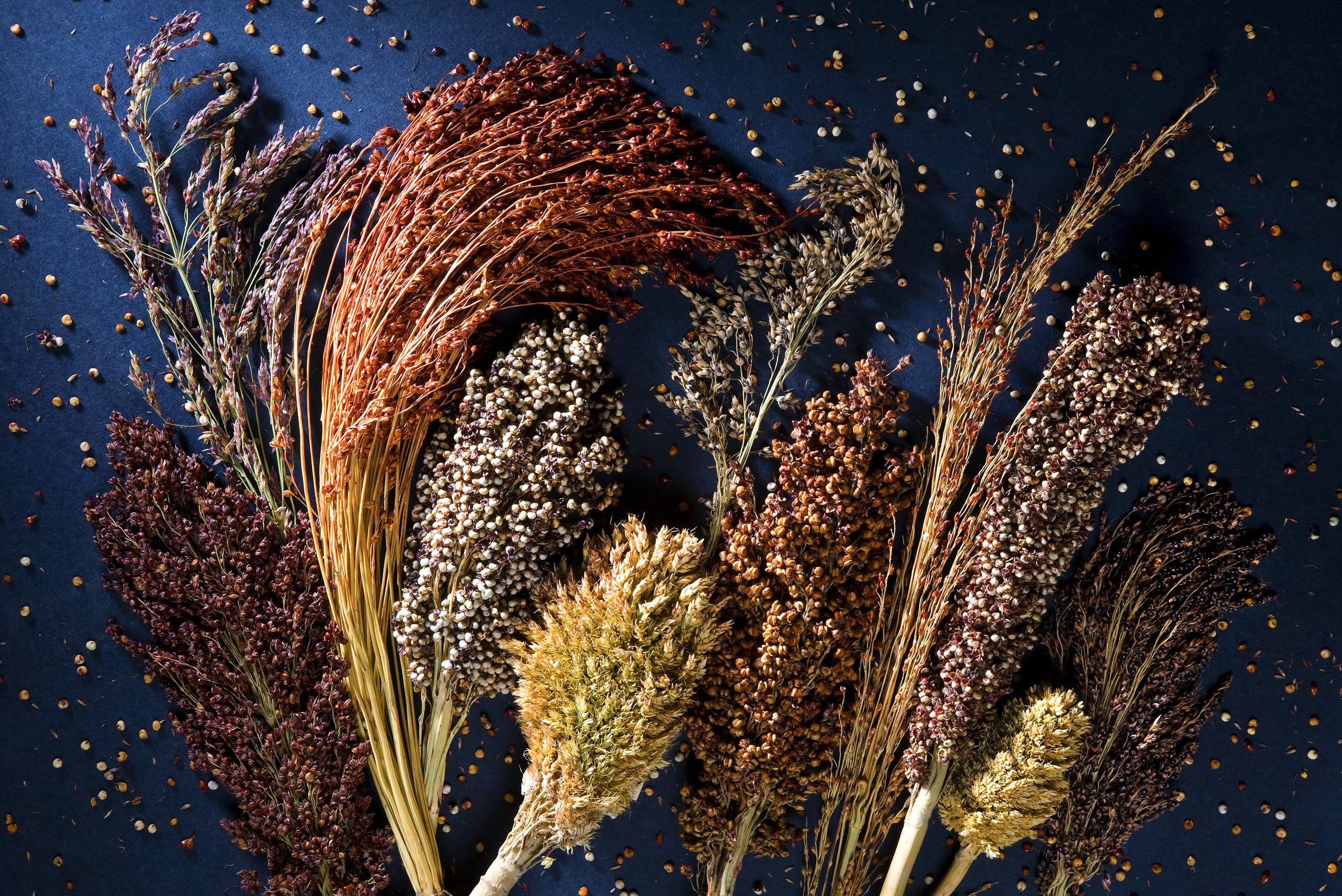
DOE Funds Pilot Study Focused on Biosecurity for Bioenergy Crops
The U.S. Department of Energy’s (DOE) Office of Science has selected Brookhaven National Laboratory to lead a new research effort focused on potential threats to crops grown for bioenergy production. Understanding how such bioenergy crops could be harmed by known or new pests or pathogens could help speed the development of rapid responses to mitigate damage and longer-term strategies for preventing such harm.
DOE Announces $178 Million to Advance Bioenergy Technology
The U.S. Department of Energy (DOE) today announced $178 million for bioenergy research to advance sustainable technology breakthroughs that can improve public, health, help address climate change, improve food and agricultural production, and create more resilient supply chains. This funding will support cutting-edge biotechnology R&D of bioenergy crops, industrial microorganisms, and microbiomes. Alternative clean energy sources like bioenergy are playing a key role in reaching President Biden’s goal of a net-zero carbon economy by 2050.
Single gene boosts climate resilience, yield and carbon capture in crops
Scientists at Oak Ridge National Laboratory have discovered a single gene that simultaneously boosts plant growth and tolerance for stresses such as drought and salt, all while tackling the root cause of climate change by enabling plants to pull more carbon dioxide from the atmosphere.
Enhancing Land Surface Models to Grow Perennial Bioenergy Crops
To understand the effects of expanding biofuel production, scientists must accurately represent biofuel crops in land surface models. Using observations from biofuel plants in the Midwestern United States, researchers simulated two biofuel perennial plants, miscanthus and switchgrass. The simulations indicate these high-yield perennial crops have several advantages over traditional annual bioenergy crops—they assimilate more carbon dioxide, and they require fewer nutrients and less water.
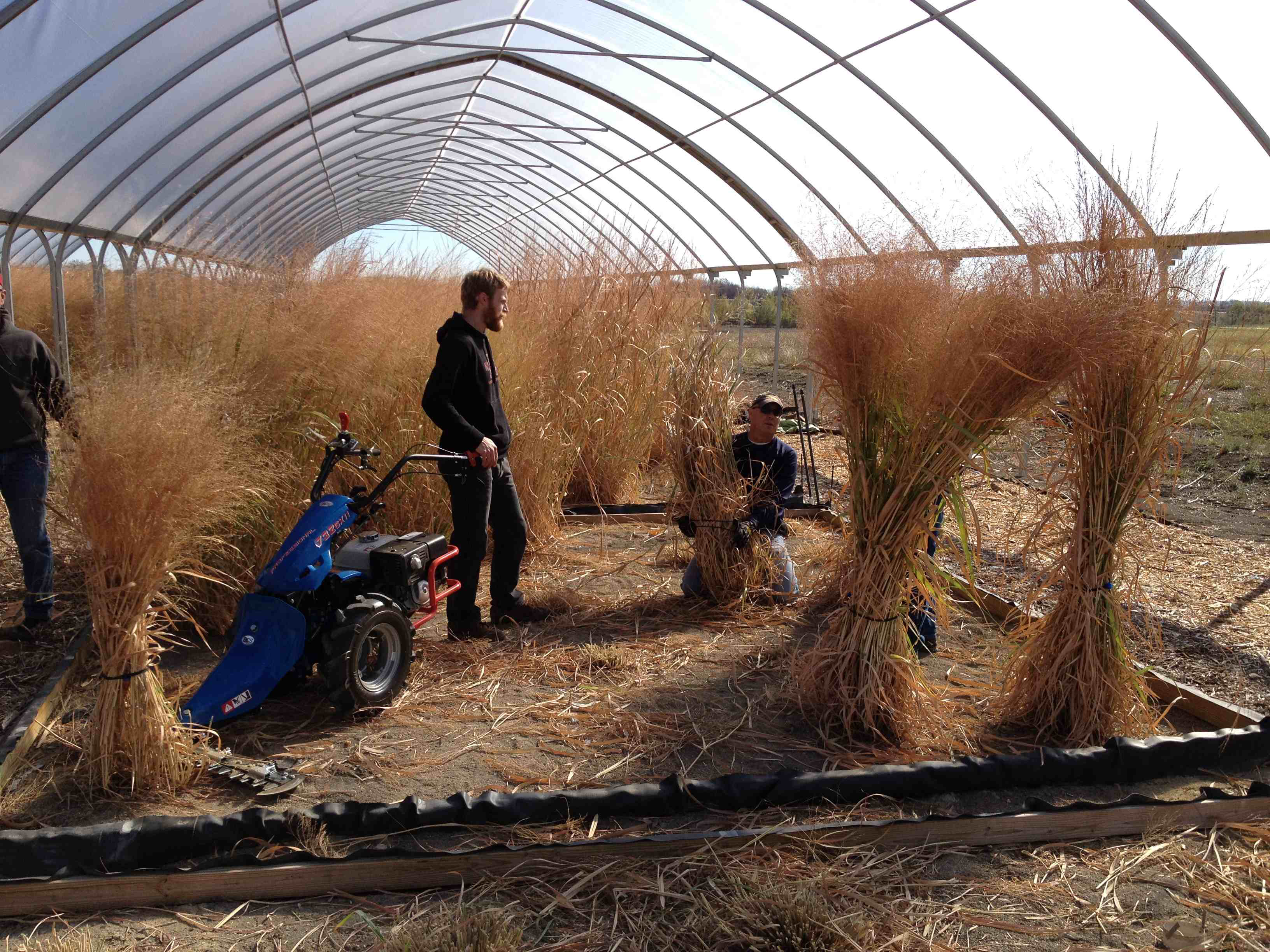
Fields of Breeders’ Dreams: A Team Effort Toward Targeted Crop Improvements
In Nature, a multi-institutional team including DOE Joint Genome Institute researchers has produced a high-quality reference sequence of the complex switchgrass genome. Building off this work, bioenergy researchers are exploring targeted genome editing techniques to customize the crop.
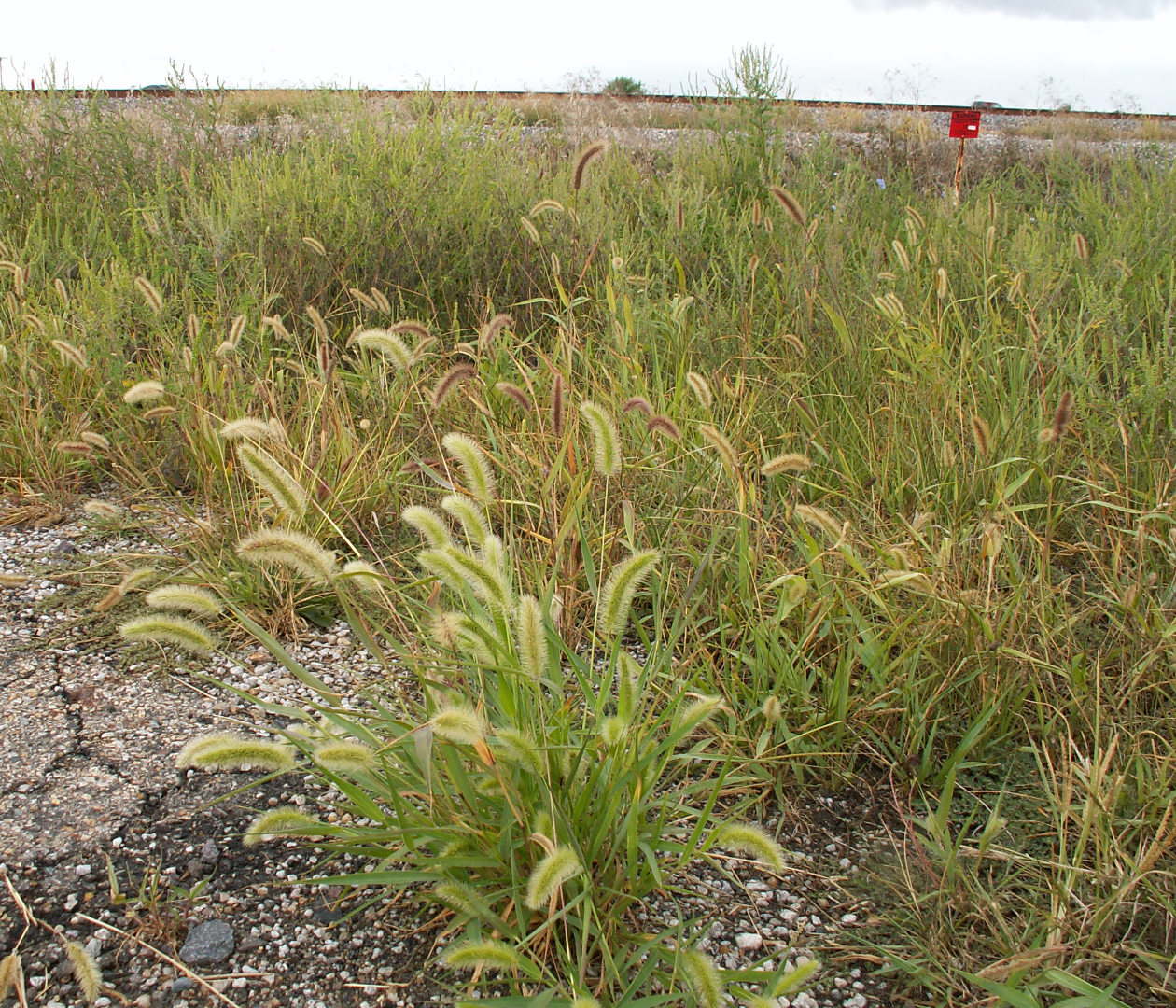
Shattering Expectations: Novel Seed Dispersal Gene Found in Green Millet
Researchers generated genome sequences for nearly 600 green millet plants and released a very high-quality reference S. viridis genome sequence Analysis of these plant genome sequences also led them to identify for the first time in wild populations a gene related to seed dispersal.
Danforth Center Scientists Collaborate On $13 Million Bioenergy Project
The U.S. Department of Energy (DOE) awarded a five-year, $13 million grant to a nationwide research project to genetically strengthen Thlaspi arvense, commonly known as pennycress, for use in sustainable energy efforts.
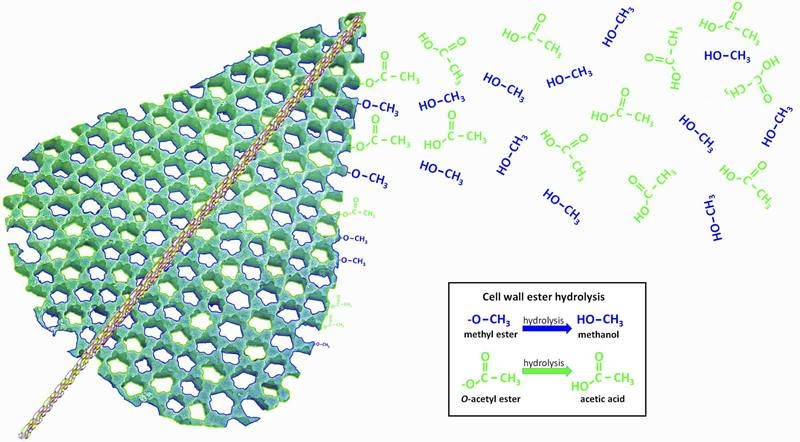
Breathing New Life into an Old Question: What Plants’ Emissions Tell Us about their Cell Walls
Plants emit gases like methanol and acetic acid that are not directly related to photosynthesis but that have an unknown origin. Researchers have found a possible source: natural chemical modification in the cellulose in plant cell walls and accompanying metabolic changes.

How to Make it Easier to Turn Plant Waste into Biofuels
Researchers have developed a new process that could make it much cheaper to produce biofuels such as ethanol from plant waste and reduce reliance on fossil fuels. Their approach, featuring an ammonia-salt based solvent that rapidly turns plant fibers into sugars needed to make ethanol, works well at close to room temperature, unlike conventional processes, according to a Rutgers-led study in the journal Green Chemistry.